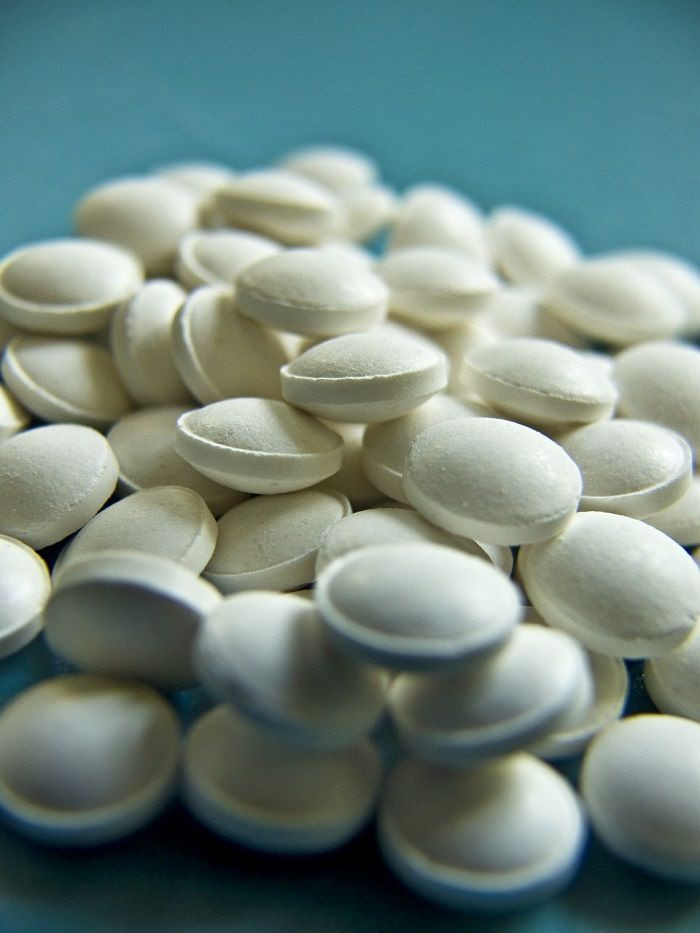Scientists Get Closer To An Effective Male Birth Control Pill; New Compounds Show Promise

It’s 2016 and men only have three forms of contraception— condoms, vasectomy, and the pull out method, which works exactly how it sounds. This is compared to the plethora of options available for women, thus birth control has largely been their responsibility. However, a group of researchers may have identified the necessary compounds to make male birth control pills a reality.
"It would be wonderful to provide couples with a safe alternative because some women cannot take birth control pills," Gunda I. Georg, of the University Of Minnesota, said in a statement.
Georg and her colleagues presented their findings during the American Chemical Society’s (ACS) 251st annual meeting and exposition. The study details how researchers looked at two of Bristol-Myers Squibb’s (BMS) past attempts at creating male oral contraceptives and altered them to make them better. Although the optimal male oral contraceptive remains to be seen, researchers found that modifying the chemical structure of a test compound could affect the substances’ cellular interactions in the body, which, in turn, made the pills more effective.
The first attempt from BMS was a test compound that was good at inhibiting fertility in men but wasn’t soluble, or able to be dissolved in water, so it couldn’t be taken orally. Although effective and promising, it was considered a drawback because it was inconvenient. “No one wants to inject themselves with a needle once a day or once a week for most of their lives," said graduate student Jillian Kyzer.
BMS’ second attempt at oral contraception for men was another, actually soluble compound; however, the molecule was all over the place when it came to cellular targets. This means that in addition to interacting with a gene involved in male fertility, known as the retinoic acid receptor-α, it also affects two other retinoic acid receptors not related to fertility. Targeting both genes could result in adverse side effects.
The goal of the research team was to make BMS’ test compounds soluble and more specific in terms of the cells it targets in the body, respectively. While researchers made a number of tweaks to the two compounds, the addition of a polar group to the molecule made the compound more soluble. Researchers also adjusted the compound’s chemical structure to mimic amide bonds, a chemical bond between two amino acid molecules, to make the drug more stable in order to improve its longevity.
However, these changes also reduced the compound’s ability to react only with cells involved with male fertility. So while researchers seemed to have found new compounds and structures to make male birth control pills effective, the side effects could be particularly drastic.
"Unfortunately, both types of modifications also reduced the specificity of the compounds for the intended retinoic acid receptor-α target," researchers wrote.
Previous efforts have focused on testosterone as a potential male contraceptive, but according to researchers, while the male sex hormone does cause infertility at certain doses, it “doesn't work for up to 20 percent of men, and it can cause side effects, including weight gain and a decrease in 'good' cholesterol,” Kyzer said.
The research team will continue to study and refine the chemical structure of oral contraception for men, with hopes to achieve the balance of "solubility, specificity and stability" necessary to produce safe and effective birth control pills.
Source: American Chemical Society 251st National Meeting & Exposition. 2016.



























